Beat the Winter Blues: A Step-by-Step Guide to Forcing Branches Indoors for Early Spring Blooms
Learn to force branches indoors for early spring blooms. This step-by-step guide helps you beat winter blues with flowering branches.
Read More →Your Guide to Beautiful, Easy Garden Living
Practical care for houseplants that fit apartment light and schedules. Clear watering cues, repotting steps, pest fixes, and styling ideas using shelves, hangers, and small planters to keep rooms fresh without high effort.
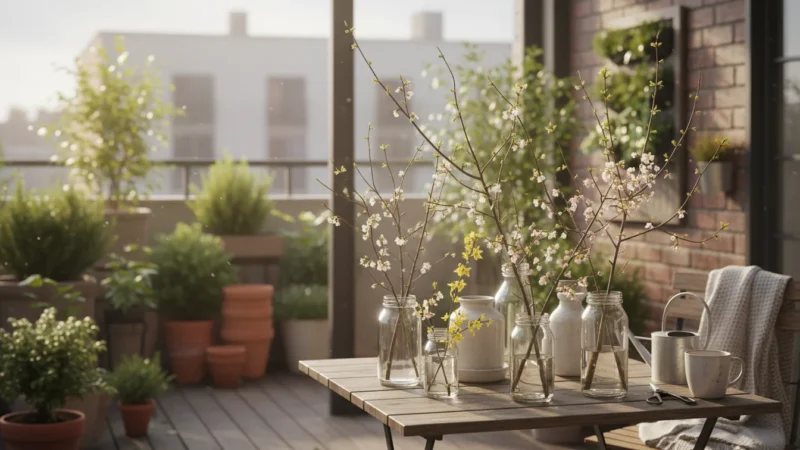
Learn to force branches indoors for early spring blooms. This step-by-step guide helps you beat winter blues with flowering branches.
Read More →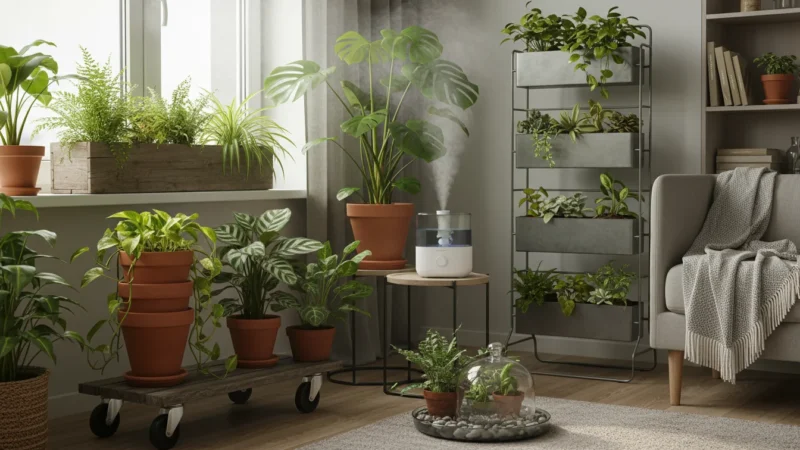
Combat dry indoor air this fall. Learn practical ways to boost humidity for your houseplants, preventing crispy leaves and ensuring…
Read More →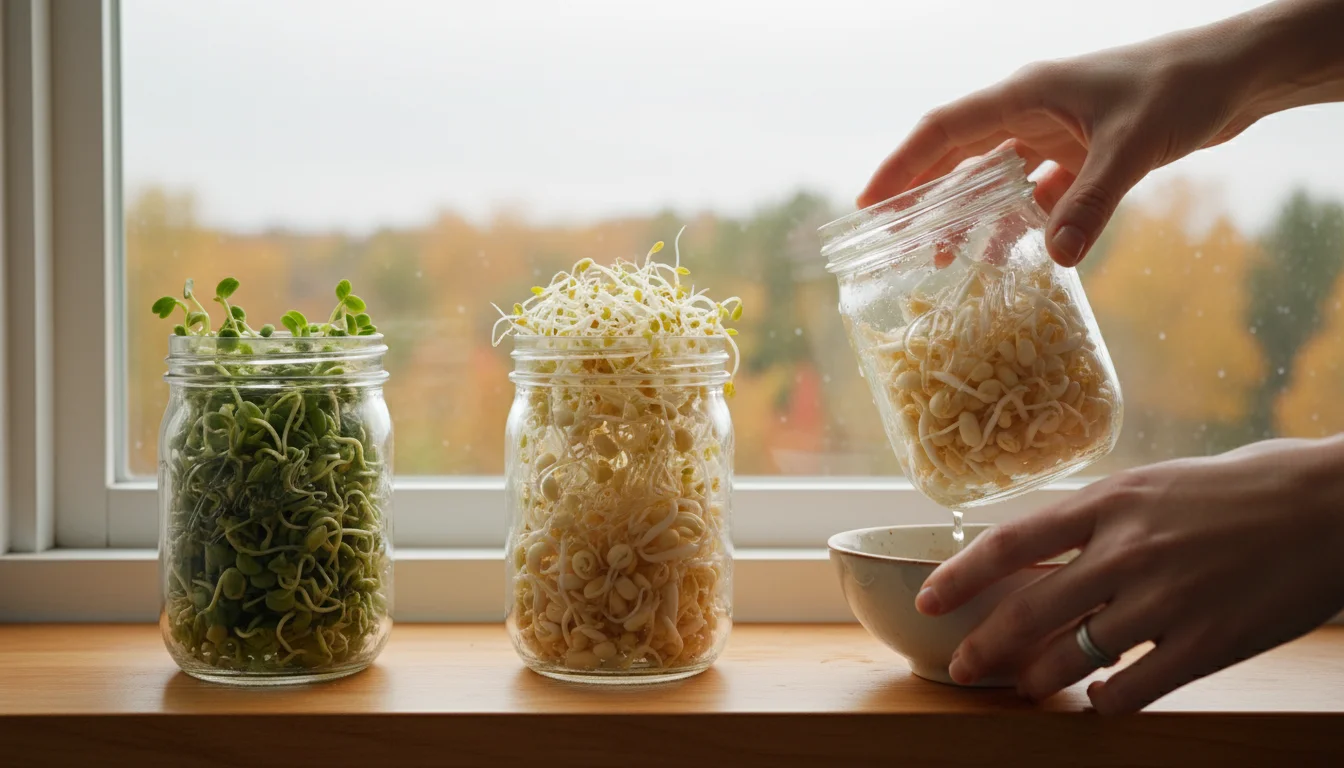
Learn how to sprout nutritious lentils and beans on your windowsill this fall. Get step-by-step guidance for quick, easy indoor…
Read More →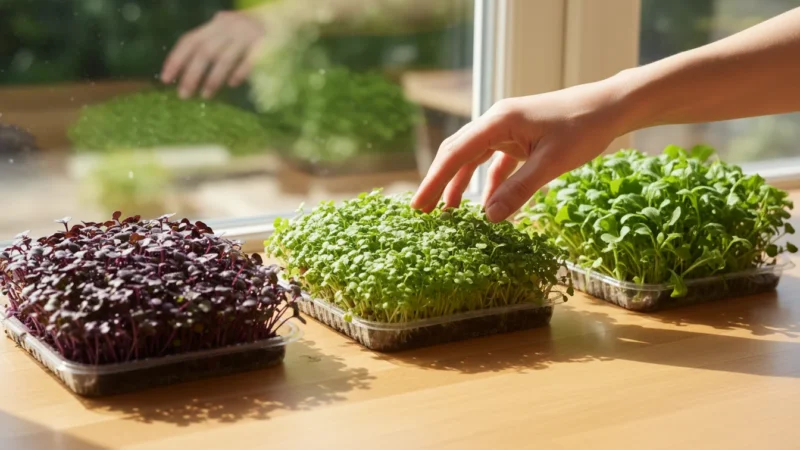
Learn to grow 5 spicy microgreens indoors this fall, boosting your meals with fresh flavor and nutrition from your own…
Read More →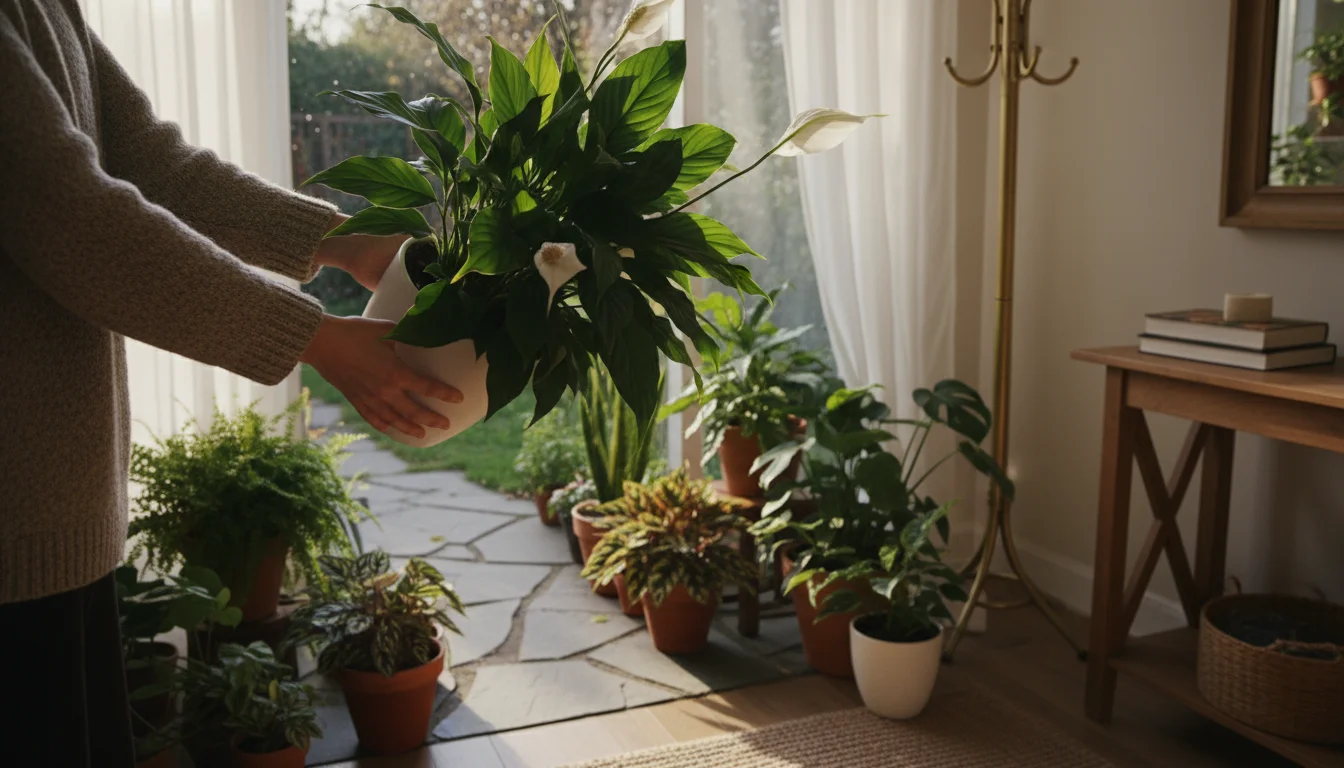
Prepare your houseplants for a smooth indoor transition this fall. Follow our pest-free checklist for debugging, acclimating, and maintaining healthy…
Read More →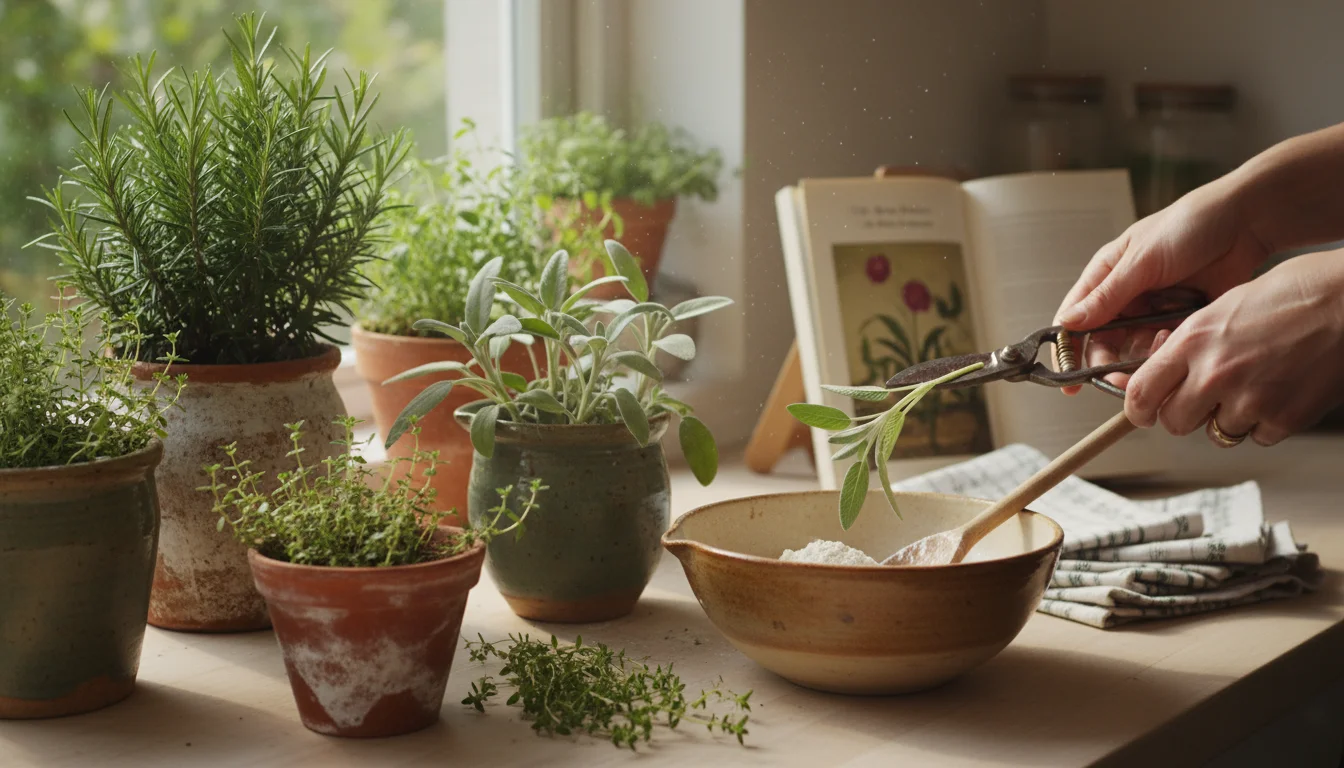
Grow fresh holiday herbs indoors for Thanksgiving cooking! Create a flavorful windowsill garden with sage, rosemary, thyme, and more.
Read More →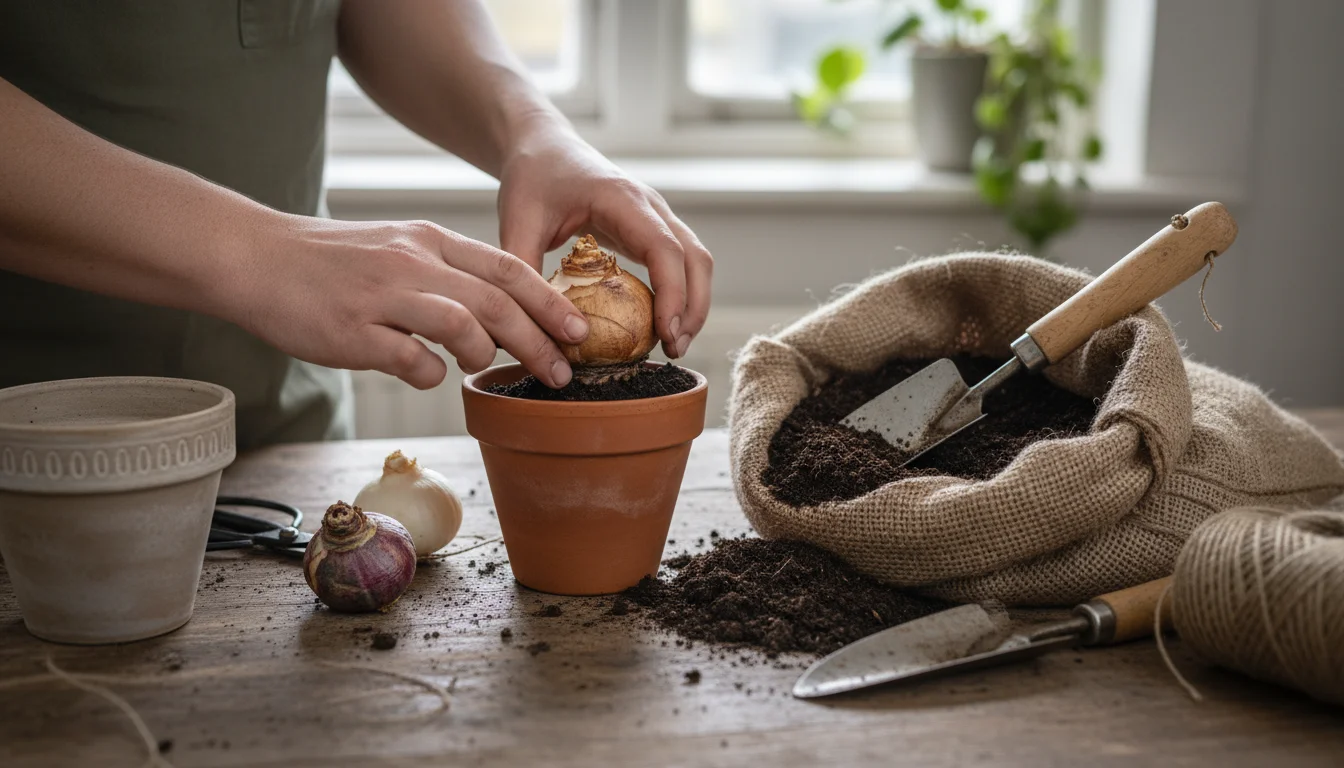
Force spring bulbs indoors this winter! A beginner-friendly guide to growing beautiful flowers on your windowsill during the cold months.
Read More →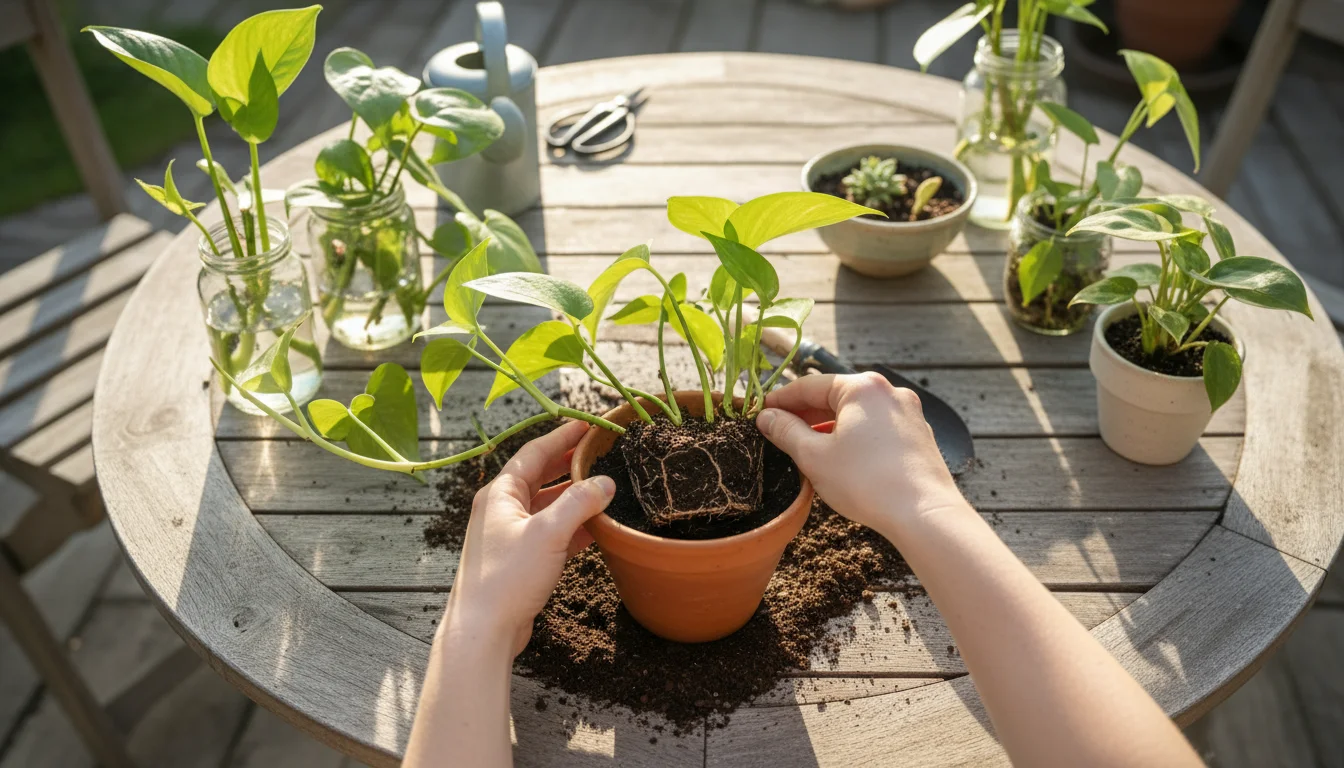
Learn about propagation 101: how to multiply your plants. Discover tips on plant propagation, indoor cuttings, grow new plants.
Read More →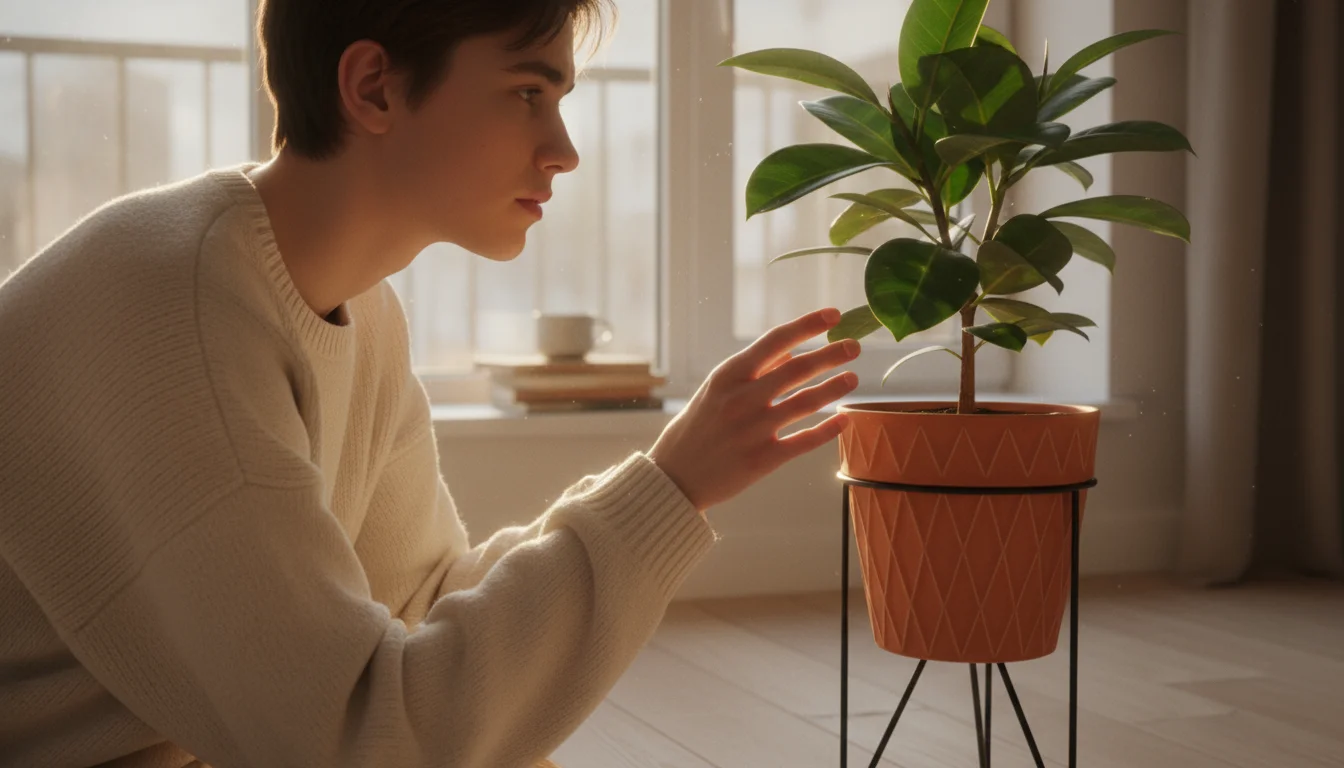
Learn about best indoor trees for apartments and small homes. Discover tips on indoor trees, small apartment plants, large indoor…
Read More →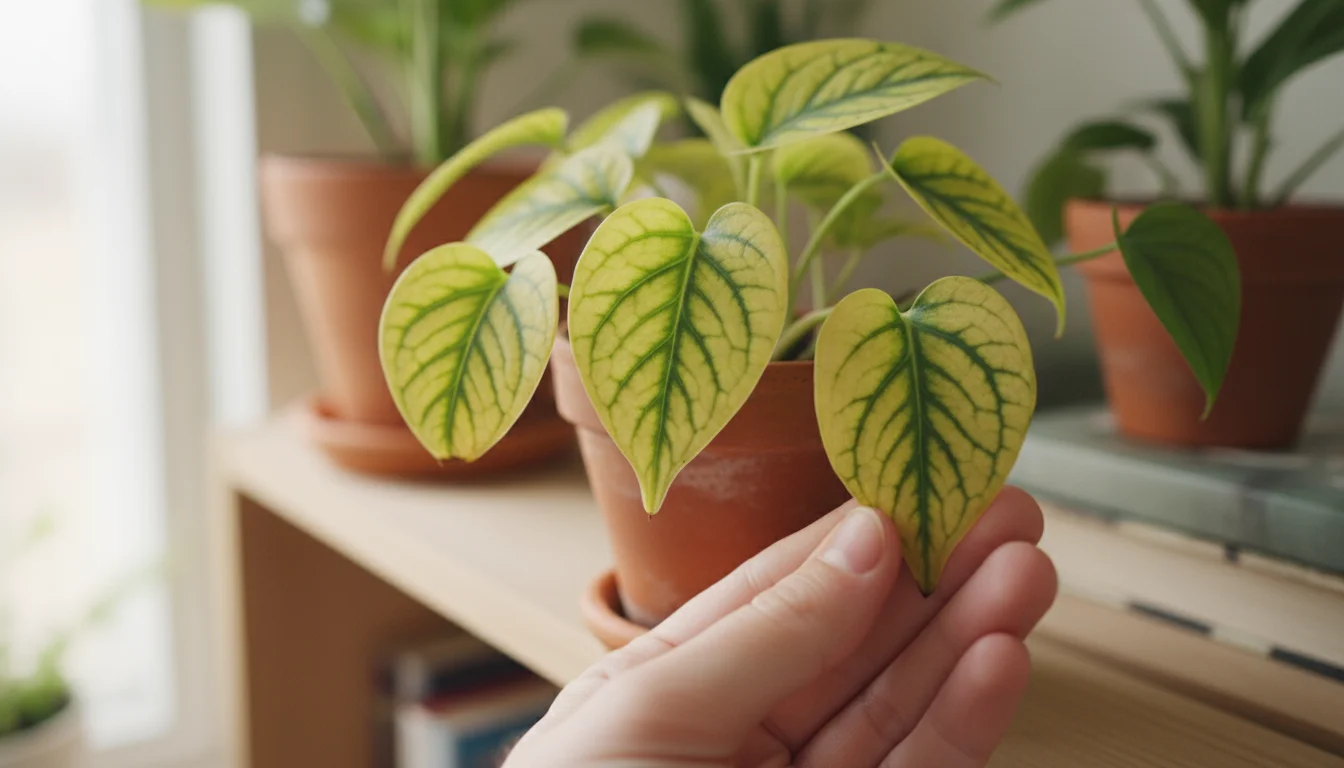
Learn about why do leaves turn yellow? 7 common causes explained. Discover tips on yellow leaves houseplants, plant problems, indoor…
Read More →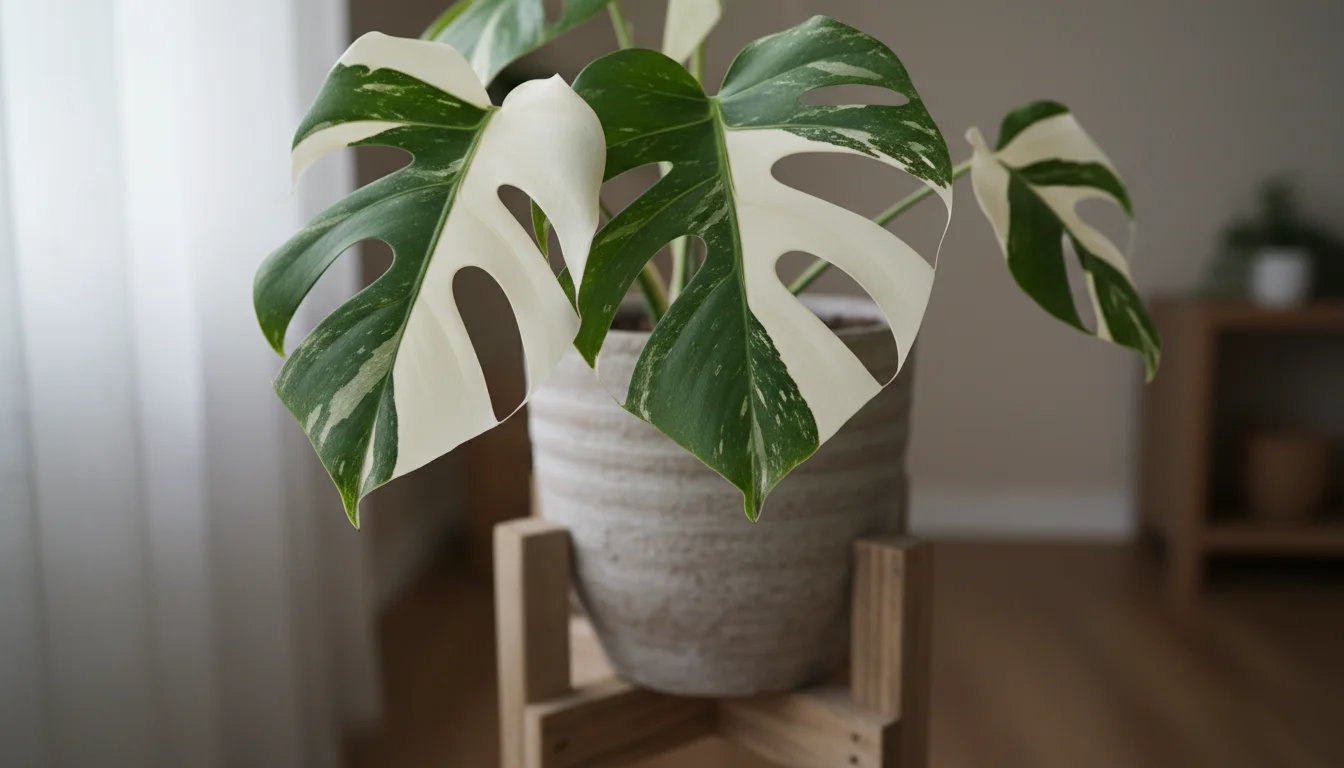
Learn about rare houseplants worth collecting. Discover tips on rare houseplants, exotic indoor plants, plant collector guide.
Read More →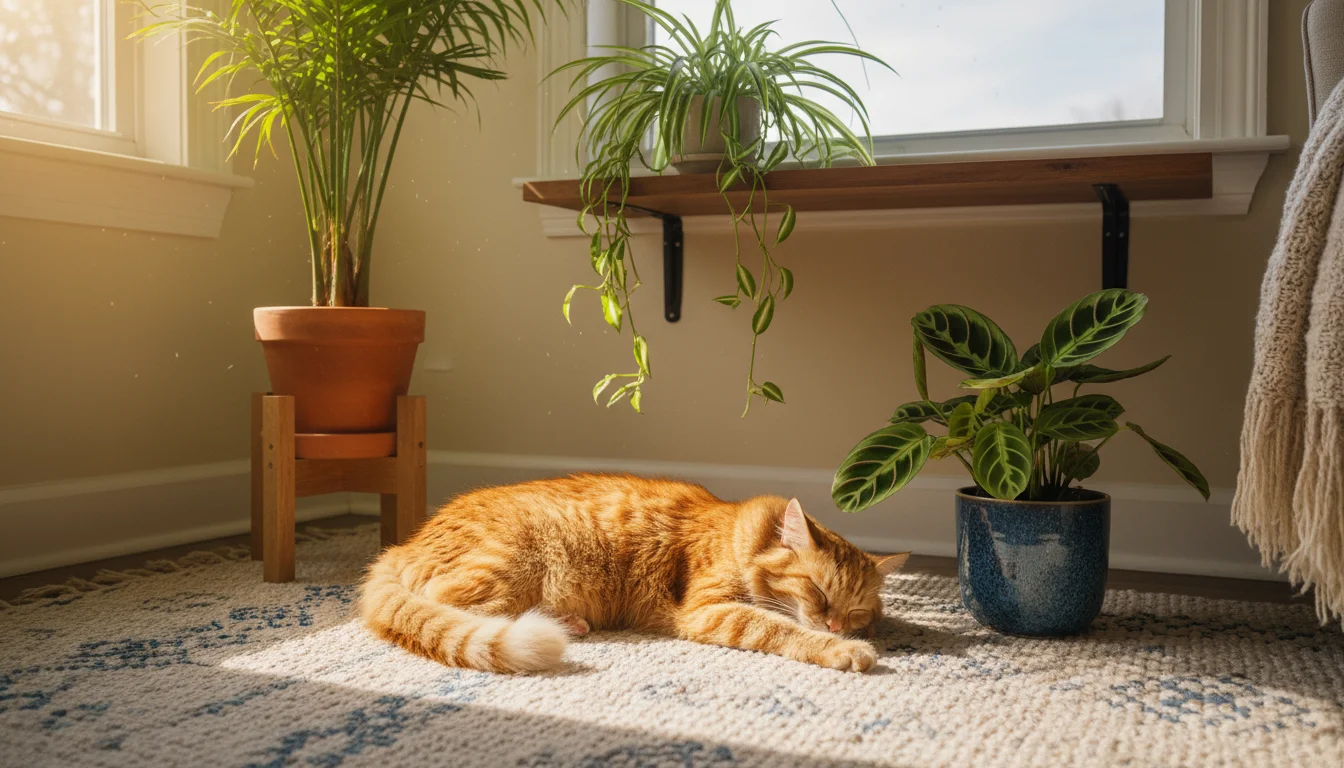
Learn about pet-friendly houseplants you don’t need to worry about. Discover tips on pet safe houseplants, cat safe plants, dog…
Read More →